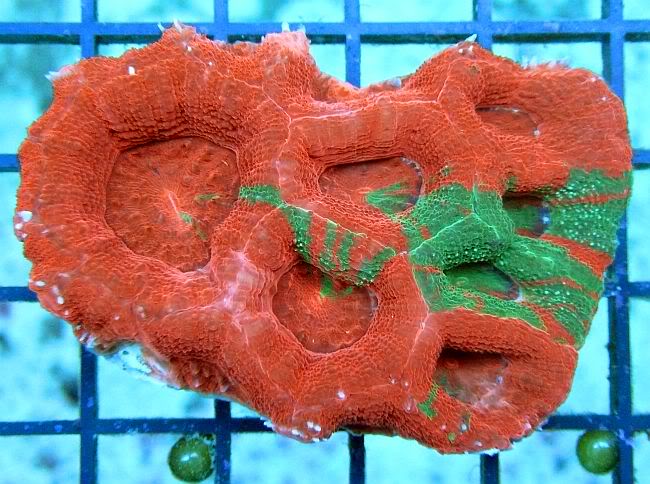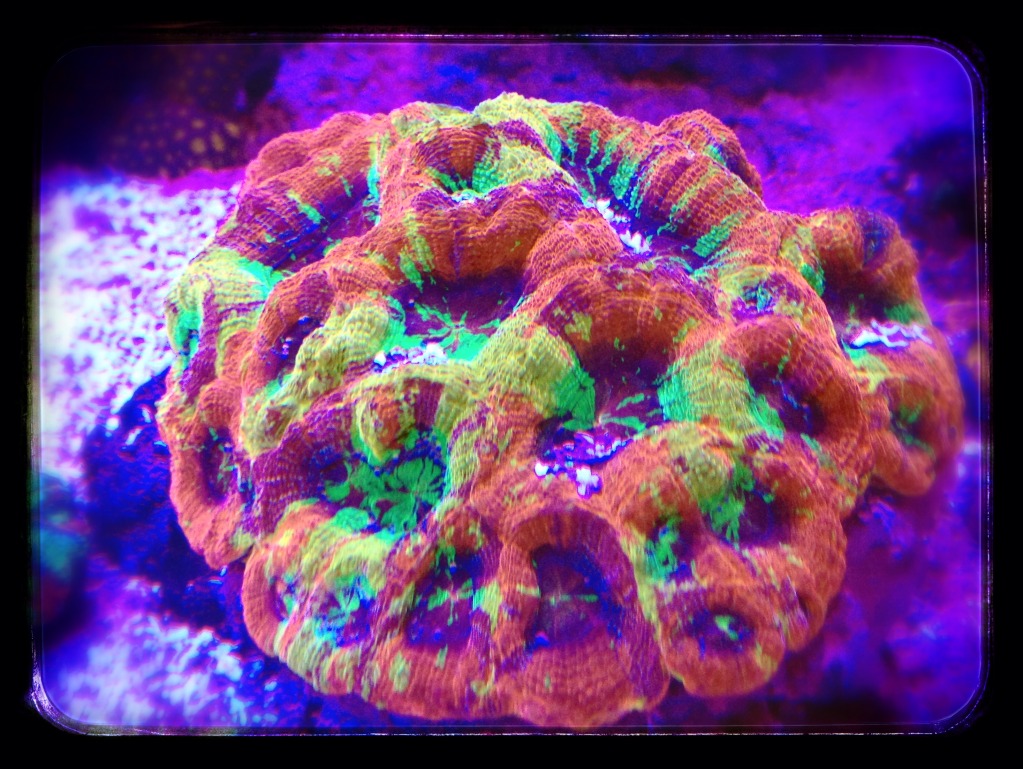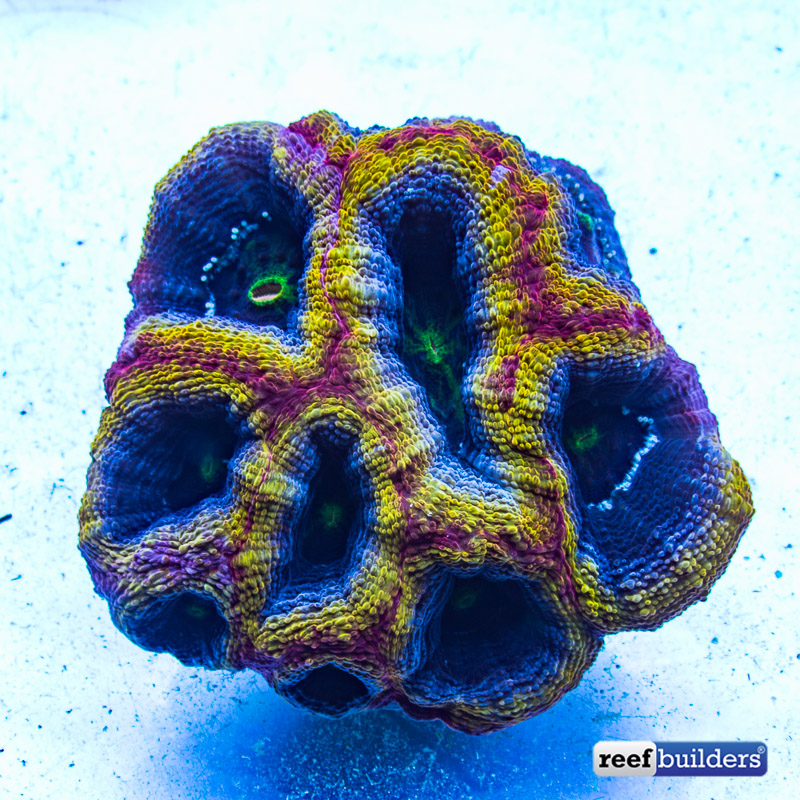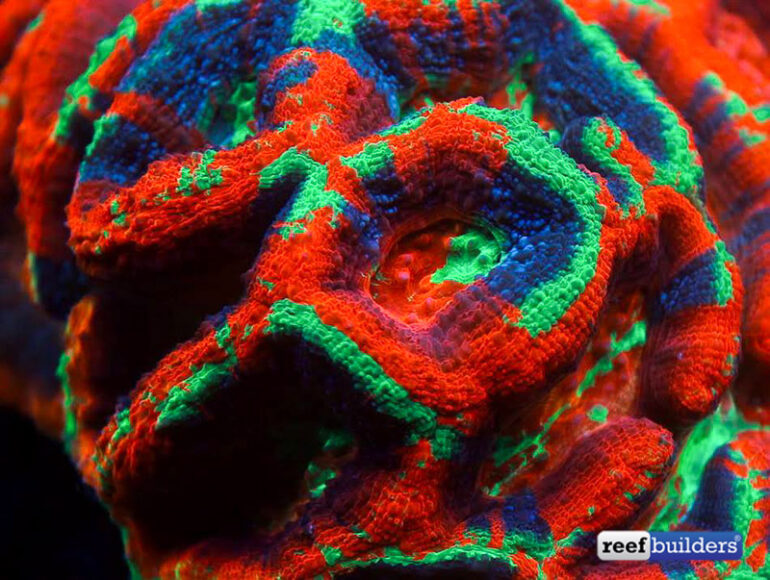It’s been nearly a year now since the familiar Australian ‘Scolymia’ and Bowerbankis were removed from Acanthastrea and placed into their own new genus Homophyllia. Unsurprisingly, most reefers still call them ‘Acans’ by convention, but there is a lot that we can learn by grouping any group of corals properly.

The best case in point is probably the distinction between Fungia and Cycloseris disc corals – while both flat and disc shaped, Fungias and Cyclos come from very different habitats. Fungias are more commonly seen in shallow to midwater, in higher energy environments right alongside many SPS corals. Cyclos on the other hand are generally found in deeper, siltier and calmer environments.
The problem in lumping all disc corals as Fungias takes away our ability to give them the proper care in reef aquariums. We wouldn’t lump angelfish and butterflyfish together, and we shouldn’t do it for corals either.

Which brings me to back to my original point – Australian Scolies and Bowerbanki are not Acans, and the sooner we make a conscious effort to see them as distinct from true Acanthastrea, and treat them as such, the sooner we’ll come to understand the nuances in their captive care.
The smaller polyped ‘Hillae’ corals are no longer a distinct species, so all of these colonial Homophyllia corals are now commonly called simply ‘Bankies’. Australian Scolies are always an eye catcher at the LFS, reef shows, and home aquariums, but recently we’ve really seen an uptick in the diversity and quality of Homophyllia bowerbanki corals offered to the aquarium hobby.

We’re finally starting to see Bankies show up with Master, UFO, Warpaint and other colors that are usually reserved for Scolies, and some other great and interesting colors too. It seems that Australian coral collectors are just as aggressive about finding and collecting ever higher quality corals, and now that we can recognize the uniqueness of the two species of Homophyllia, hopefully we’ll have more success keeping and propagating them too.










